Servicing elevators more effectively with Microsoft Hololens.
NEW YORK, September 15, 2016 /PRNewswire/ —
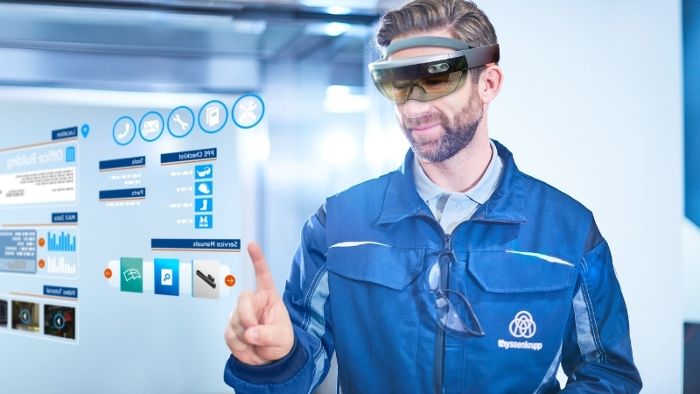

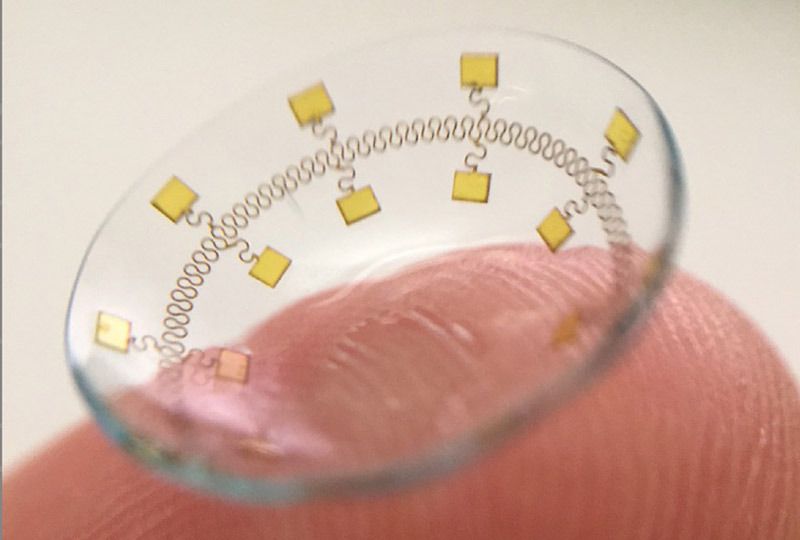
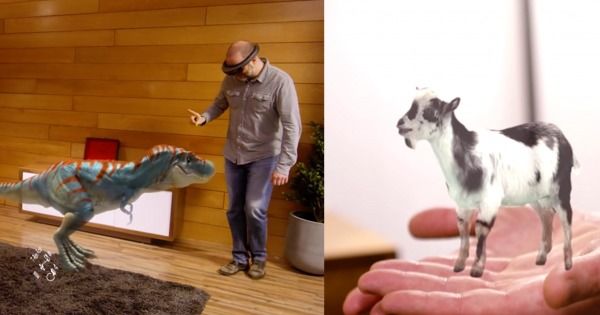
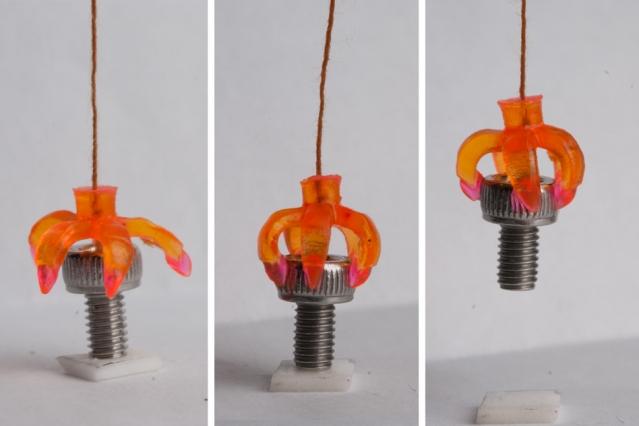
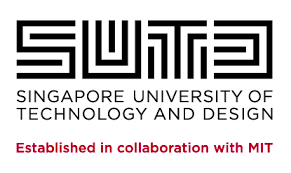 Technology can be confusing when it begins moving at such an accelerated rate, perfectly exemplified by the 3D industry, and encompassing all that goes with it, from 3D scanning to 3D printing and then peripheral industries that are often connected too such as augmented and virtual realities. We’ve barely digested all the stunning innovations making impacts in so many different sectors, from 3D printed medical models that allow for more complex surgeries, to 3D printed parts for a suspension system that make racing bikes go faster, all the way to incredible toys for your kids using augmented reality systems.
Technology can be confusing when it begins moving at such an accelerated rate, perfectly exemplified by the 3D industry, and encompassing all that goes with it, from 3D scanning to 3D printing and then peripheral industries that are often connected too such as augmented and virtual realities. We’ve barely digested all the stunning innovations making impacts in so many different sectors, from 3D printed medical models that allow for more complex surgeries, to 3D printed parts for a suspension system that make racing bikes go faster, all the way to incredible toys for your kids using augmented reality systems.
Yet, while work is definitely just beginning in the 3D realm, scientists have already begun exploring a range of uses for 4D technology that should prove offer impacts in just as many applications, from the medical field to electronics and far beyond. It might seem like a lot all at once, but the two technologies definitely work together, with the 4D emphasis adding a more intuitive, smart angle to fabrication.
As we’ve seen in other studies using the application of heat, it would appear that 3D printed objects can be treated or manipulated to cause shapes to morph according to their environment, as well as remembering their previous state and going back to it in the appropriate conditions. Now, teams from both MIT and the Singapore University of Technology and Design (SUTD) are employing light in their endeavors to create smart structures. They’ve had good success too, if the amount of torturing they’ve put these materials through is any indication. According to the engineers, they’ve twisted, bent, and stretched everything from small coils to flowers fabricated out of numerous materials, and even a replica they made of the Eiffel tower. As is the case with structures being pushed into the 4D realm, all of the above materials reverted.
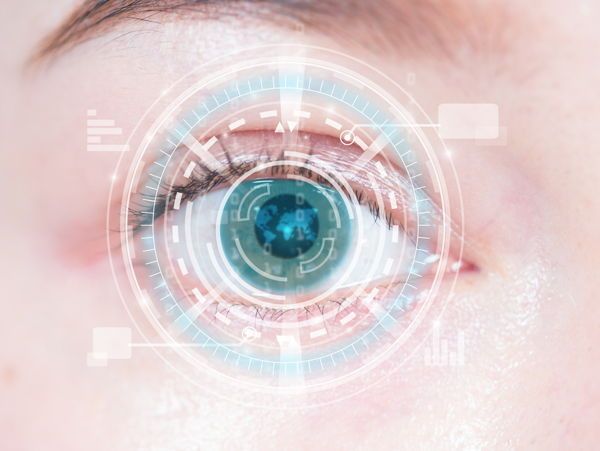
Wait until they see what is happening with smart AR contacts and Bluetooths.
A pair of contact lenses do not just let you see clearer without the hassle of spectacles or glasses, but what if they are now smarter with connectivity to your smartphone? Could the science fiction world now be a step closer to reality?
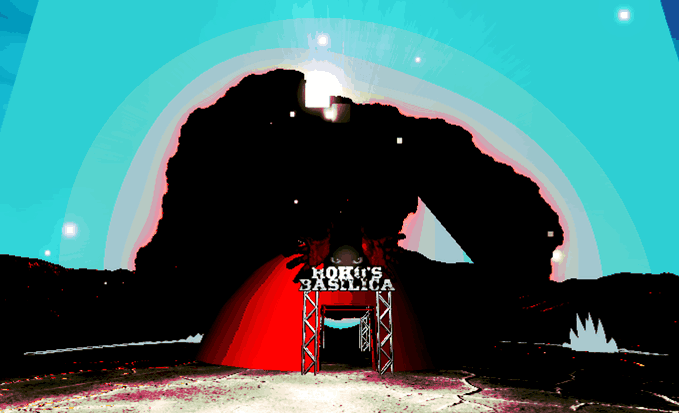
The 1st Church of Singularity — guess Ray is preaching again.
By Jodi Schiller
For those of us working in virtual and augmented reality, our days are spent thinking of better and better ways to create more lifelike virtual worlds. It’s easy for us to believe that one day we will be living in a sim indecipherable from “base” reality — or even more likely, that we’re already living in one.
This year at Burning Man, the Metaverse Scholars Club, a non-profit committed to building an ethical metaverse, is creating an immersive theater/mixed reality experience reflecting these ideas.
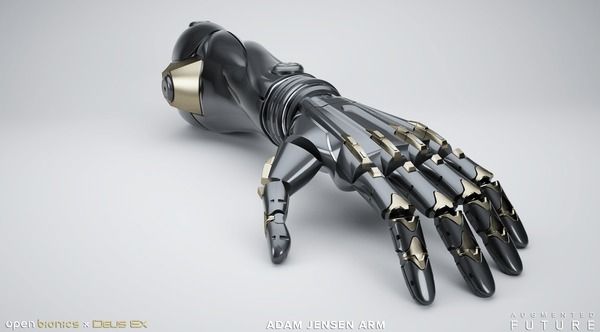
A write-up from Popular Science on the bioethics conference I was a part of recently and the corresponding 2-min highlight video. It was truly a fascinating event, inspired by Deus Ex! http://www.popsci.com/augmented-reality-or-augmented-humanity And here’s the video: http://www.dailymotion.com/video/x4p7uld_human-by-design-conference-recap_tech
With the release of the new video game, Deus Ex: Mankind Divided, Human By Design holds a conference to discuss the future of human augmentation.
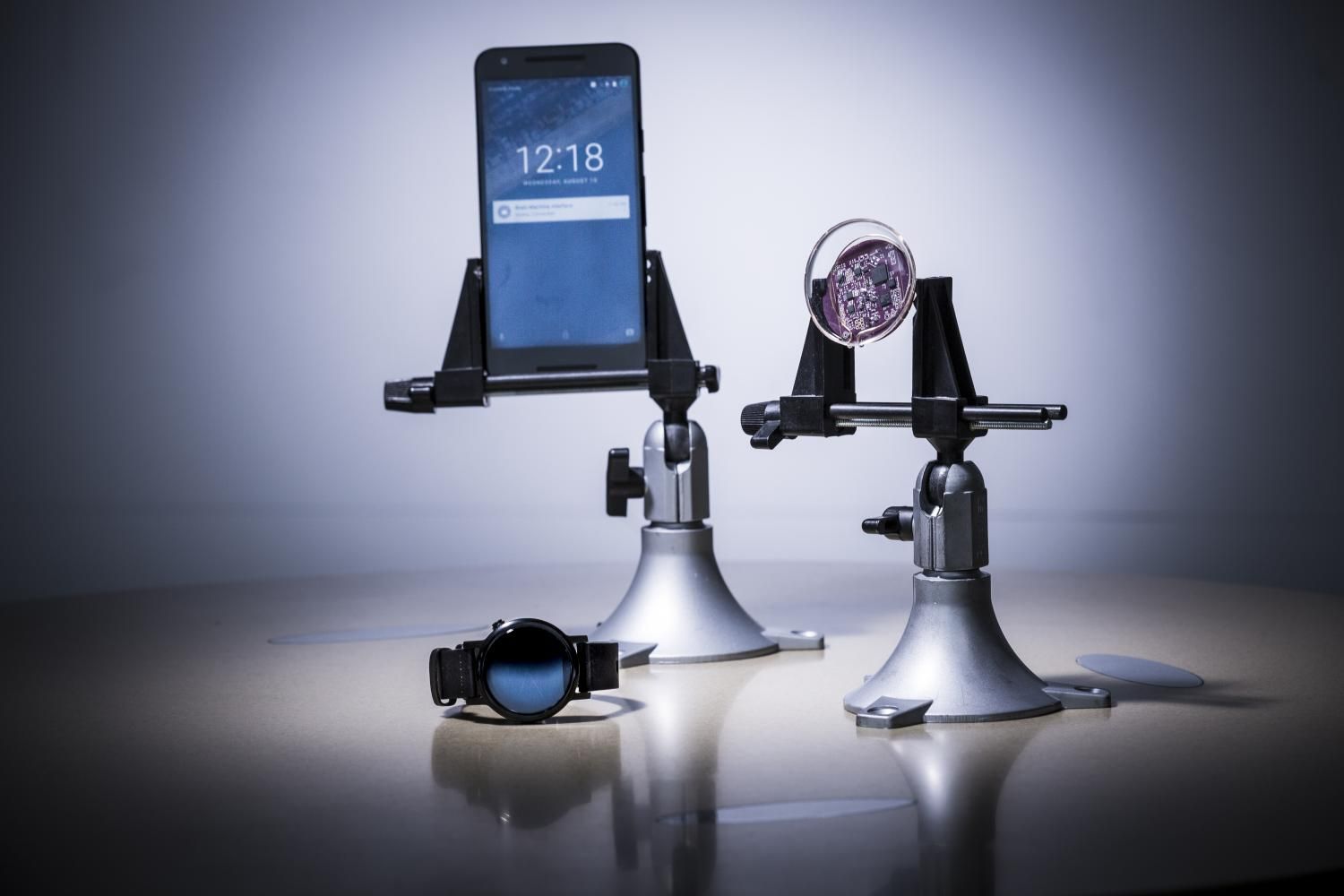
Engenheiros da Universidade de Washington introduziram uma nova forma de comunicação que permite que dispositivos como implantes cerebrais, lentes de contato, cartões de crédito e pequenos eletrônicos vestíveis falar com aparelhos de uso diário, como smartphones e relógios.
Este novo” Comunicação interscatter” funciona convertendo sinais Bluetooth em transmissões Wi-Fi através do ar. Usando apenas reflexões, um dispositivo interscatter como uma inteligente de lentes de contato converte sinais Bluetooth a partir de um SmartWatch, por exemplo, em transmissões Wi-Fi que podem ser apanhados por um smartphone.
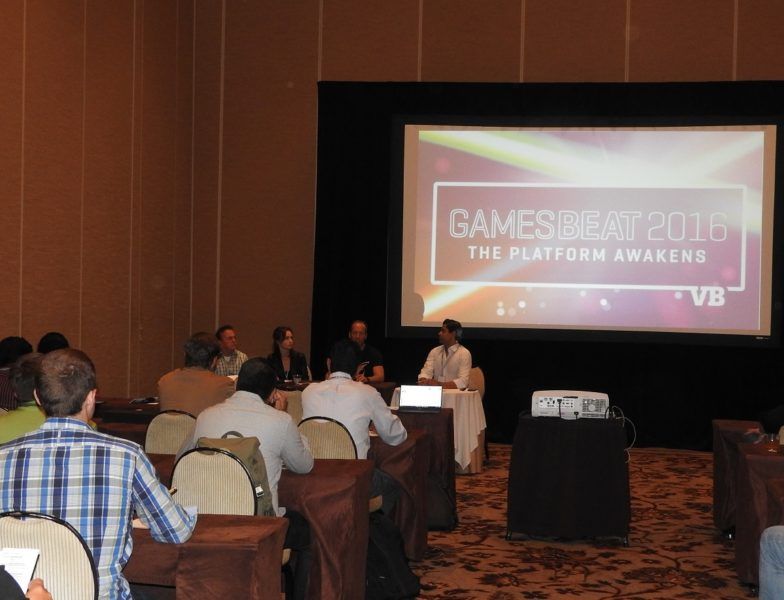
“Waves of virtual reality and augmented reality startups have their funding. Venture capitalists invested $1.7 billion in the AR/VR sector in the 12 months ended March 2016, and $1.2 billion of that was invested in the first quarter of this year alone, according to Digi-Capital.”